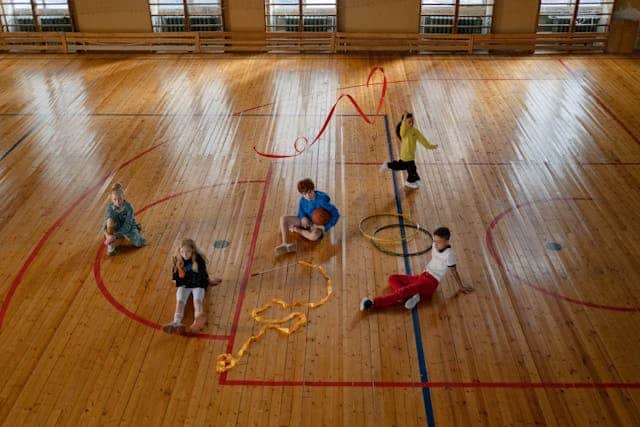
Psychosocial Stress, Sedentary Behavior, and Physical Activity during Pregnancy among Canadian Women: Relationships in a Diverse Cohort and a Nationwide Sample
January 8, 2020The role of the microbiota in sedentary life style disorders and ageing: Lessons from the animal kingdom
January 23, 2020A paper, titled “A Scoping Review of Digital Tools to Reduce Sedentary Behavior or Increase Physical Activity in Knowledge Workers”, was originally published in the International Journal of Environmental Research and Public Health on January 13th, 2020. Free full-text article is available here.
Study summary
Background: There is increasing interest in the role that technology can play in improving the vitality of knowledge workers. A promising and widely adopted strategy to attain this goal is to reduce sedentary behavior (SB) and increase physical activity (PA). In this paper, we review the state-of-the-art SB and PA interventions using technology in the office environment. By scoping the existing landscape, we identified current gaps and underexplored possibilities. We discuss opportunities for future development and research on SB and PA interventions using technology.
Methods: A systematic search was conducted in the Association for Computing Machinery digital library, the interdisciplinary library Scopus, and the Institute of Electrical and Electronics Engineers Xplore Digital Library to locate peer-reviewed scientific articles detailing SB and PA technology interventions in office environments between 2009 and 2019.
Results: The initial search identified 1130 articles, of which 45 studies were included in the analysis. Our scoping review focused on the technologies supporting the interventions, which were coded using a grounded approach.
Conclusion: Our findings showed that current SB and PA interventions using technology provide limited possibilities for physically active ways of working as opposed to the common strategy of prompting breaks. Interventions are also often offered as additional systems or services, rather than integrated into existing office infrastructures. With this work, we have mapped different types of interventions and provide an increased understanding of the opportunities for future multidisciplinary development and research of technologies to address sedentary behavior and physical activity in the office context.
Authors and affiliations
Ida Damen1, Hans Brombacher1, Carine Lallemand1,2, Rens Brankaert1,3, Aarnout Brombacher1, Pieter van Wesemael4, Steven Vos1,5
- Department of Industrial Design, Eindhoven University of Technology, 5600 MB Eindhoven, The Netherlands
- HCI Research Group, University of Luxembourg, 4365 Esch-sur-Alzette, Luxembourg
- School for Allied Health Professions, Fontys University of Applied Sciences, 5600 AH Eindhoven, The Netherlands
- Department of the Built Environment, Eindhoven University of Technology, 5600 MB Eindhoven, The Netherlands
- School of Sport Studies, Fontys University of Applied Sciences, 5644 HZ Eindhoven, The Netherlands
Citation
Damen I, Brombacher H, Lallemand C, Brankaert R, Brombacher A, van Wesemael P, Vos S. A Scoping Review of Digital Tools to Reduce Sedentary Behavior or Increase Physical Activity in Knowledge Workers. International Journal of Environmental Research and Public Health. 2020; 17(2):499.




